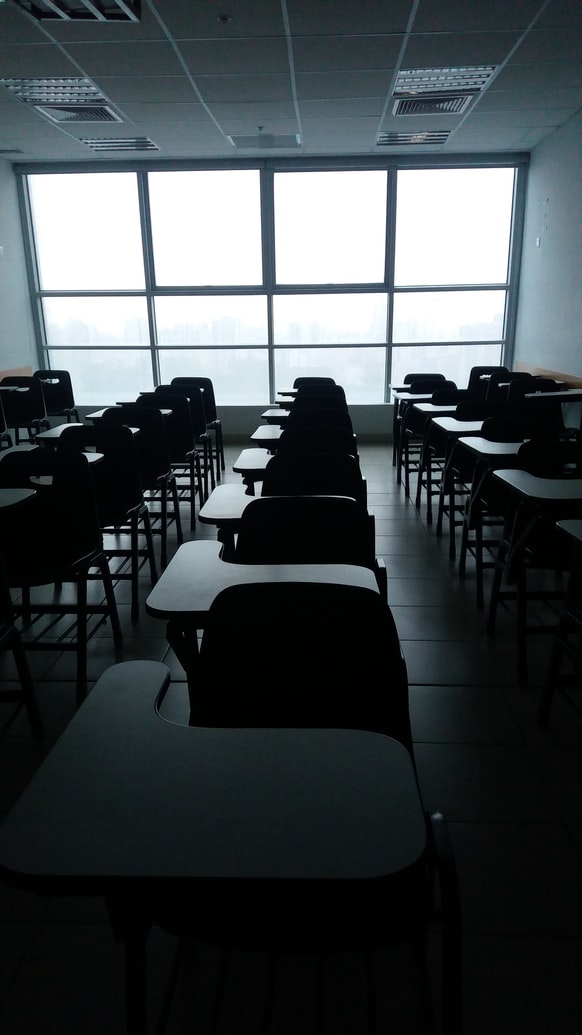
There exists perhaps no greater example of the disparity between socioeconomic classes than the ability of some to “lock down” for the past year, and the necessity of getting back to work as soon as possible for others. For many families, especially in large cities, staying home just wasn’t an option. The concept of virtual schooling wasn’t even on the radar, when bills had to be paid and groceries had to be purchased.
Enter Chicago Public School district, where a recent attendance review found that nearly 20 percent of high schoolers are not attending virtual classes. Jamey Makowski of BUILD Chicago says, “Some of our young people are caring for younger siblings so they are trying to do their work and also care for siblings while parents are not in the home.” In lower-income neighborhoods, perhaps where every adult in the household must work, there is no one standing over these students, making sure they attend virtual classes and complete assignments. At some schools, the numbers were far worse than the city’s average of 20 percent, with more than half of students not showing up for remote learning. A breakdown of some of the worst is below. Race and socioeconomic status are mentioned in order to highlight the overwhelming inequality present when it comes to virtual learning and its “success.”
Austin College and Career Academy High School, with just 43.8% of students attending virtual classes, has overwhelmingly low-income students: 95.4 percent. Most are black, as well: 96.6 percent. More than 16 percent of the students attending ACCA are homeless.
Manley Career Academy High School has 57.3 percent of its students attending online programming, with 93.7 percent of students qualifying as low-income. Black students make up 91.1 percent of the student body. More than 7 percent are homeless.
Douglass Academy High School has a student body that is 93 percent black and 98.2 percent low-income. Fourteen percent of the students at Douglass are homeless. Of enrolled students, only about 60 percent are attending virtual classes.
Some of the worst attendance records (as low as 35 percent attending), sadly, come from Ombudsman schools in Chicago, namely, Rosebud, South, and West High Schools, which are designed with rolling admission for those who have dropped out of traditional public high schools in the area and are looking for an alternative path to graduation. Other low-attendance schools include Youth Connection Charter Schools, which were also designed for drop-outs and at-risk youth. There’s also York High School, which is located within a prison and provides an alternative educational experience for incarcerated people wishing to earn a diploma.
Conversely, schools with high virtual attendance records tend to skew higher-income, like Payton College Preparatory Academy with attendance of 93.8. percent. This school has a majority white and Asian student body, and only 29 percent of students are low-income. Less than a percent of students are reported to be homeless.
Some CPS high schools report nearly half of students absent during remote learning (ABC 7 Chicago)
Youth Connection Charter School
Austin College and Career Academy High School (Illinois Report Card)
Manley Career Academy High School (Illinois Report Card)
Douglass Academy High School (Illinois Report Card)
Payton College Preparatory High School (Illinois Report Card)


